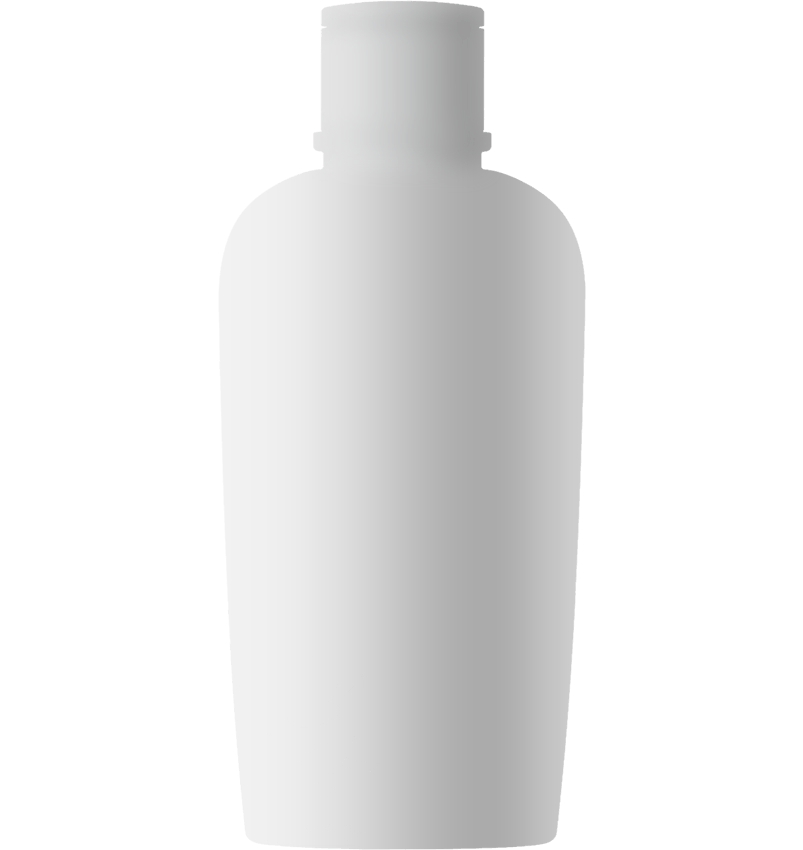Understanding Facelift Surgery: A Comprehensive Rejuvenation Solution
Facelift surgery is one of the most popular and effective procedures in the world of aesthetic surgery. As a cornerstone of anti-aging treatments, it combines surgical precision with artistic finesse to deliver transformative results.
This procedure addresses multiple layers of the face, including the skin, underlying muscles, and fat, to provide long-lasting and natural-looking results. It is tailored to the unique needs of each patient, ensuring a personalized approach to facial rejuvenation.
Comprehensive Surgical Procedure: Facelift Detailed Breakdown
Surgical Methodology:
Facelift surgery is performed under general anesthesia or local anesthesia with sedation. It involves repositioning and tightening facial tissues, removing excess fat, and lifting sagging skin for a more youthful appearance.




